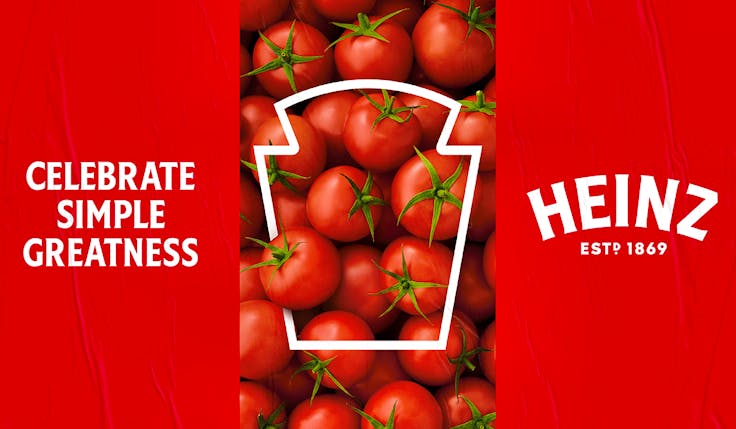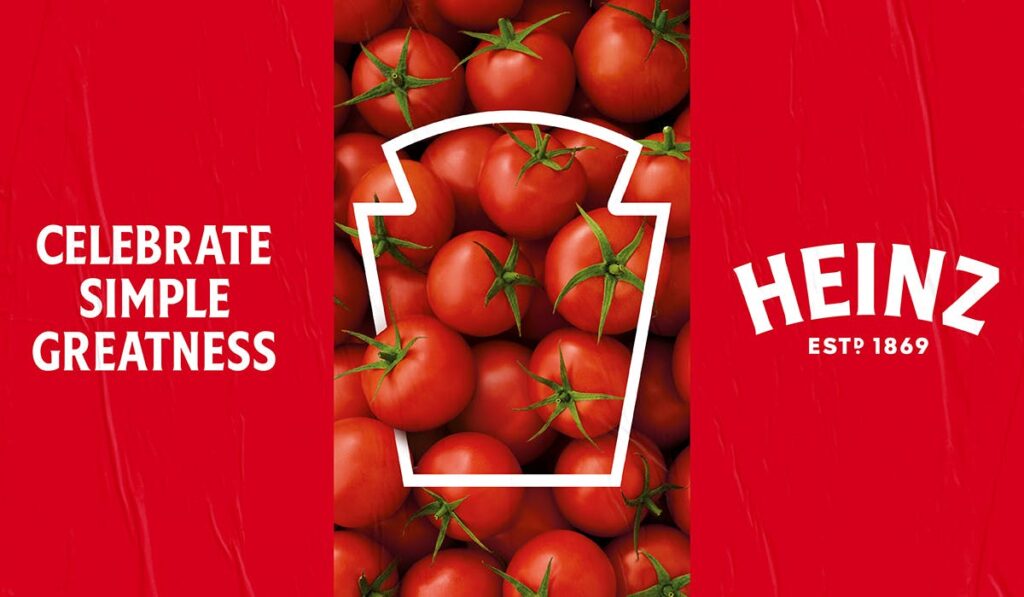
Marketers need to start holding themselves “to a higher standard” to ensure their creative work actually has an impact on consumers, says Kraft Heinz North America CMO, Todd Kaplan.
Former Pepsi CMO Kaplan, who joined Kraft Heinz in July 2024 after almost 18 years at PepsiCo, was speaking at the Cannes Lions Festival of Creativity today (18 June).
“Is winning in the room at Cannes the same as winning with consumers?” Kaplan asked.
 Marketers need to start holding themselves “to a higher standard” to ensure their creative work actually has an impact on consumers, says Kraft Heinz North America CMO, Todd Kaplan.
Marketers need to start holding themselves “to a higher standard” to ensure their creative work actually has an impact on consumers, says Kraft Heinz North America CMO, Todd Kaplan.
Former Pepsi CMO Kaplan, who joined Kraft Heinz in July 2024 after almost 18 years at PepsiCo, was speaking at the Cannes Lions Festival of Creativity today (18 June).
“Is winning in the room at Cannes the same as winning with consumers?” Kaplan asked.
He began with a provocation, asking the audience to think about their favourite creative work they’d seen from brands at the festival and whether consumers outside the industry would feel the same, or indeed, whether they’d even recall the ad.
Marketing suffers from a “placebo effect”, he suggested. Modern brand marketers monitor their ads’ effectiveness through a wealth of tools like brand health, mixed media analysis and ROI engines, and use these metrics to judge if a brand is “going in the right direction”, Kaplan said.
Just because your message was delivered does not mean it was received.
Todd Kaplan, Kraft Heinz
“But it’s very different than really understanding, did a consumer actually digest your message?” he said. “Did they change their philosophy and thought about that brand? Have they actually changed their behaviour?”
The work at Cannes Lions does display amazing creativity, but often the way marketers rely on reaching consumers is with work that fails to connect with an “overwhelmed” and “distracted” audience.
“It’s almost like the paid media is taking the creative idea, you’re folding it in a little paper airplane and just sending it right into your consumers’ social feed, into their television room in their living room, wherever they are,” Kaplan said.
This approach of sending off creative work to consumers and expecting it to be delivered like it’s mail is just not relevant to the modern consumer, who is consuming so much media via their phones and other devices every day, he stated. Dropping work into these consumers’ laps and expecting it to be remembered, and impactful, is just not realistic.
“Just because your message was delivered does not mean it was received,” Kaplan argued.
Making brands mean something
Kaplan’s belief is marketing’s primary objective is to affect consumer behaviour. To make that happen, brands need to be get into consumers’ conversations and become enmeshed in cultural moments, he said.
Marketers should aim for brand moments that will start “living beyond the walls of paid media where real life actually happens”. That means connecting with consumers where they are, not firing a message at them and expecting it to change behaviour.
This is something Kraft Heinz has been on a “journey” with in recent years. Work done before his arrival by chief growth officer Diana Frost and vice-president for the Heinz brand Nina Patel kickstarted this process, said Kaplan.
While Kraft Heinz is probably best known for baked beans and ketchup, the business has a huge assortment of brands, particularly in the US. The company enjoys large household penetration for brands including Kraft Mac & Cheese, Philadelphia and Kool Aid. Across its portfolio Kraft Heinz is present in 96% of US homes.
“We don’t have an awareness issue. We don’t have a distribution issue. It’s about, how do we make our brands relevant? How do we connect with people on deeper terms and how do we actually make these brands mean something?” Kaplan said.
To do that the business has been tapping into cultural moments and consumer “passion points”.
The CMO cited a campaign for Heinz mustard featuring Dijon Isaiah McFarlane, an American record producer known as Mustard. He frequently collaborates with rapper Kendrick Lamar, so much so his name is often featured in tracks.
A particular yell of “Mustard” on Lamar’s track TV Off is a fan favourite, often appearing on TikToks and other social media. Heinz saw this as the perfect moment to work with Mustard himself, a key collaborator on the now infamous and Grammy Award winning record Not Like Us.
The campaign gained massive traction on social media, tapping into cultural moments like the Super Bowl and the Grammy Awards to drive impact. Heinz is even set to produce a limited edition bejewelled mustard bottle in collaboration with the producer.
Another example was on the company’s tater tot brand Ore-Ida. The NCAA basketball tournament, better known as March Madness, is a big moment for US advertisers. While it was not an official sponsor, Ore-Ida saw an opportunity to tap into this cultural moment after player Richie Saunders went viral for mentioning his great-grandfather invented tater tots.
Ore-Ida collaborated with Saunders by offering to give away free tater tots if his team won, a move which reportedly gained the brand more traction and earned media than most of the official sponsors.
Historically, Ore-Ida hasn’t done a huge amount of marketing activation, Kaplan said, but through this simple and relatively low-cost collaboration, it was able to have an impact. The brand saw an uptick in sales as a result, particular in the player’s home state of Utah, Kaplan reported.
Not taking no for an answer
Tapping into cultural moments requires speed of action and often doing unorthodox things. Another example Kaplan gave was on pickle brand Claussen. A viral moment saw popstar Dua Lipa add pickle juice (the brine left in jars) into cola to create one of her favourite drinks.
Claussen reacted to this moment and the wider discussion around pickle juice by launching a ‘Just the Brine’ products five months later. Kaplan noted a highly collaborative approach was needed, with the business working together “scrappily”.
He advised any marketer looking to become more culturally relevant with their brands to work with their organisation to move quickly and be reactive.
“Take no as a request for more information,” he said. “As you run across the company and you’re starting to talk to the legal team, and the supply chain team and the finance team, there’s a million reasons not to do something. You need to figure out how to understand, listen, pivot, keep the idea intact and move.”
He ended the session by encouraging the marketers there to “set a higher bar” to better serve their brands and consumers.
“Invite culture into the conversation,” he said. “Bring it into your briefs, bring it into your walls of your organisation. Get people to actually go outside of the walls of your organisation see what’s happening. That’s where the real magic is in marketing.”


